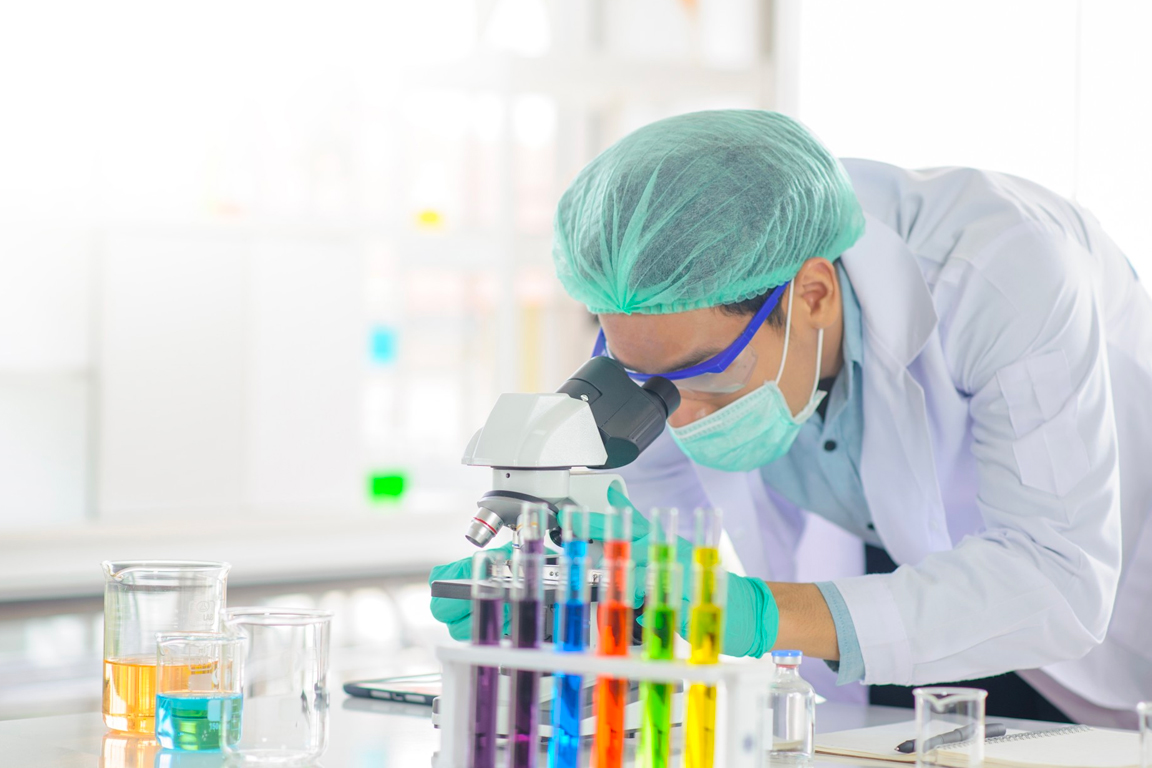
This article is the fifth in a 5-part series. Part 1 offered background on innovation districts—what they are, where they’re located, how colleges and universities relate, how P3s relate, etc. Part 2 featured a Q&A with Brian Darmody, CEO of the Association for University Research Parks. Part 3 looked at why schools might want to and might not want to consider pursuing an innovation district. And Part 4 featured an interview with Dr. Jane Talkington, scholar of innovation districts for higher ed.
This interconnectedness is at the root of the COVID-19 crisis we’re all now experiencing. Poetically, this same interconnectedness will be a crucial to ending and recovering from it. Innovation districts throughout the world are poised to play a key role in bringing solutions forward. Their focus on creating partnerships between researchers, thinkers, and doers—and between public and private industry—is already helping to develop solutions to address this short-term, but absolutely immense challenge.
It is worth underscoring that focusing on COVID-19 in the short-term is crucial to advancing humanity more generally in the long-term. After all, humanity’s broader research and development efforts—across countless fields of study far beyond COVID-19—cannot continue in full while hampered by the pandemic. If we want researchers to be able to go back to the lab… if we want to advance as a civilization, we must “solve” COVID-19.
Innovation districts have heard that call.
In February, The  Global Institute on Innovation Districts (GIID) reached out to 75 innovation districts around the world that focus on life sciences to understand which were actively contributing to COVID-19 research. The responses showed that almost two dozen innovation districts across the world are actively working to advance research on COVID-19. These communities are testing vaccine candidates, researching technologies to scale up antibodies for production, establishing funds that sponsor research providing rapid results to address the current global crisis, researching immunotherapies, studying why the virus affects adults and children differently, developing a technology to help ER doctors quickly predict which patients will experience mild cases and which severe, and more.
Global Institute on Innovation Districts (GIID) reached out to 75 innovation districts around the world that focus on life sciences to understand which were actively contributing to COVID-19 research. The responses showed that almost two dozen innovation districts across the world are actively working to advance research on COVID-19. These communities are testing vaccine candidates, researching technologies to scale up antibodies for production, establishing funds that sponsor research providing rapid results to address the current global crisis, researching immunotherapies, studying why the virus affects adults and children differently, developing a technology to help ER doctors quickly predict which patients will experience mild cases and which severe, and more.
This is an excerpt from an article originally published on the P3 Resource Center. Read the full piece here.